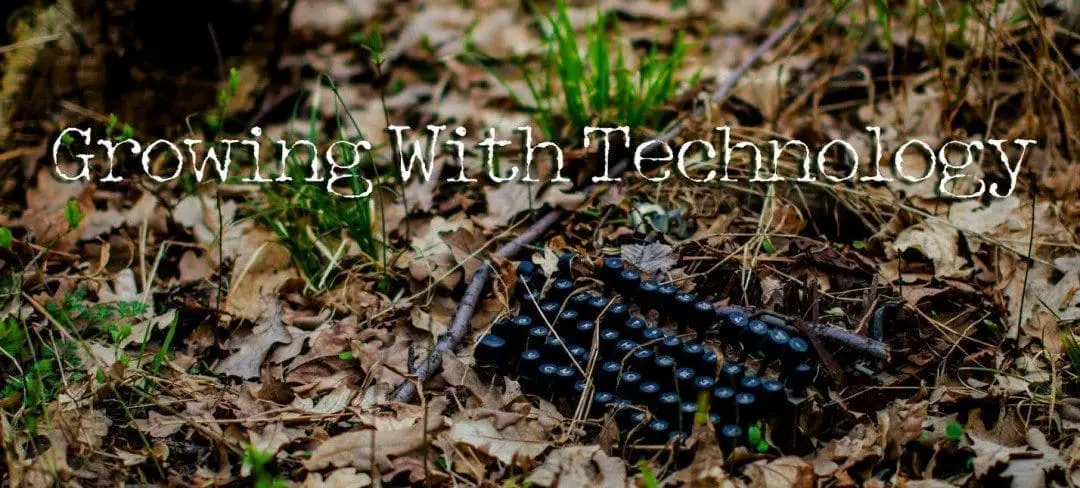WiHM 2023: When Real Ghosts Come to Haunt You
When Real Ghosts Come to Haunt You
In October of 2015, I watched a 60 Minutes report by Lara Logan about the work of Father Patrick Dubois, a French priest who travelled through Ukraine and other parts of Eastern Europe identifying mass graves from the Holocaust. He and his tiny team went from village to village, finding witnesses who were children at the time of these mass executions. He estimates there are more than 2,500 such unmarked mass graves. Jews were rounded up, made to dig a big pit, and then shot or clubbed to death.
Sometimes, not to death. Many people were buried alive.[i]
Lara Logan: And what did you find when you excavated?
Father Desbois: You find everything. You see a mother with (sic) her hand in her boy’s until the end. And the boy try to go out. You see another one was buried alive so she had the mouth open because she was buried with the earth.[ii]
This report stayed with me, and I couldn’t get it out of my head. It scratched at me on the inside, a painful itch that begged to be let out.
So, I wrote about it because that’s what I can do.
The result, a 20K “short” story called We Dig the Truth. The story never sold. It is too Jewish, too weird, a ghost story but not a ghost story, and most of all, I now realize, it isn’t complete, and editors probably instinctively knew it, even if they couldn’t tell me exactly what was wrong with it.
This story, a story of my heart and soul, languished until Rachel Brune, editor of Crone Girls Press and and senior editor and the newly established horror imprint of Falstaff Books, Falstaff Dread, asked to take a look at it. She saw the potential in it and I am now contracted to turn this story into what it should be—a short novel.
I’m excited to do it, but terrified at the same time. I owe it to Father Desbois (who I’ve never met) and to those murdered, to get it right. Fiction is sometimes the most powerful way we have to tell a truth, and horror, as a genre, is the place where hard truths surface, where they come to light, where we put them under a microscope. In this case, the horror is right there. I don’t have to search for it. In fact, part of my job is to make the horror palatable; make it entertaining.
But how to do that? I’m keenly aware that these were real people, millions of them. Lives lost and undocumented, as if they never lived, never loved, never counted.
I’m determined to make them count, in my own way. To tell their story through fiction and honor their memories the only way I know how. I’m not a historian. I’m not a painter or a musician. I don’t make films and haven’t founded a nonprofit.
I’m going to try to do my small part. Wish me luck, please, because the burden weighs heavy on my shoulders.
Right now, the manuscript starts with the following, although I reserve the right to change it.
“We live next to the graves. The ghosts are everywhere, and they come at night.”
The ghosts have me in their grasp and won’t let go until I fulfill my end of the bargain and tell their tale.
[i] https://www.ushmm.org/antisemitism/podcast/voices-on-antisemitism/father-patrick-desbois
[ii] https://www.cbsnews.com/news/hidden-holocaust-60-minutes/
- About the Author
- Latest Posts
J.D. Blackrose is the author of the Summoner’s Mark series which includes Demon Kissed, Fae Crossed, Hell Bound, and Samhain’s Bargain, through Bell Bridge Books. She is currently writing three more novels for this series. She’s published The Soul Wars, The Devil’s Been Busy, and the Zombie Cosmetologist novellas through Falstaff Books and is contracted for a new horror novel through Falstaff’s horror imprint, Falstaff Dread, to be out in 2024. She’s published short stories such as “The Space Ark,” in HOZ Journal of Speculative Fiction, “Welcome, Death,” in the Jewish Book of Horror, “Don’t Fool an Earth Witch,” in Mother’s Revenge, “The Book Burning,” in Curiosities, and “Poisoned by Sugar,” in Witches, Warriors, and Wise Women. “The Ghost Train,” was published by Third Flatiron in their Spring 2019 Anthology and Best of 2019 Anthology. Her most recent short stories include “A Sure Bet” in The Valkyries Initiative from CPK Publishing, and “It’s My Nature,” in Never Too Old to Save the World from Outland Entertainment. Under her legal name, Joelle M. Reizes, she co-authored a children’s Hannukah book entitled “Courageous Candles.”
Follow her: www.slipperywords.com,














